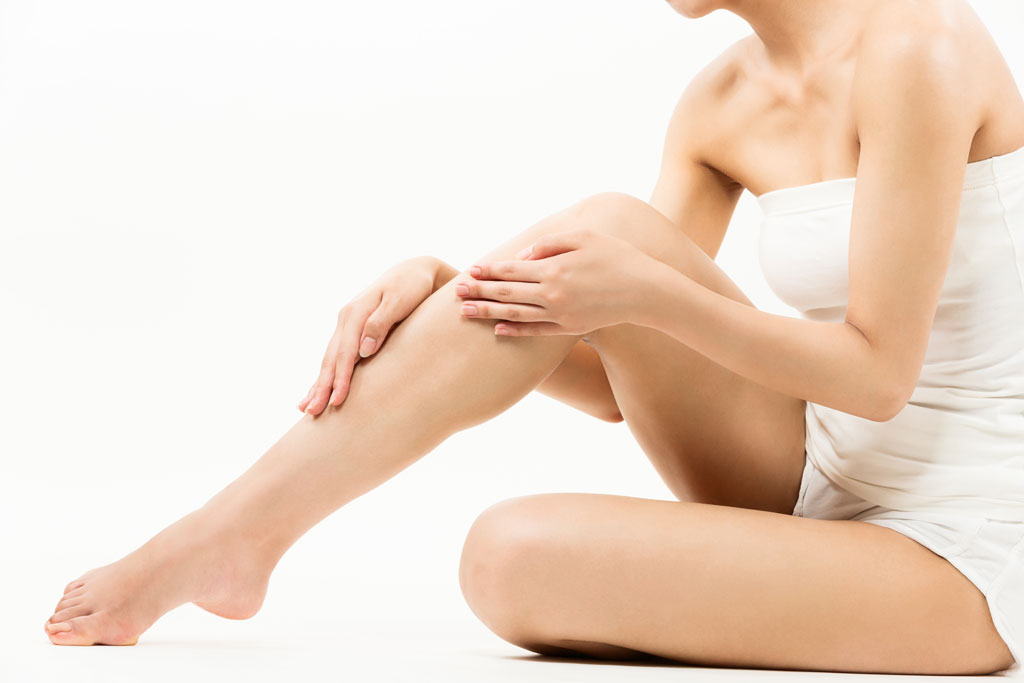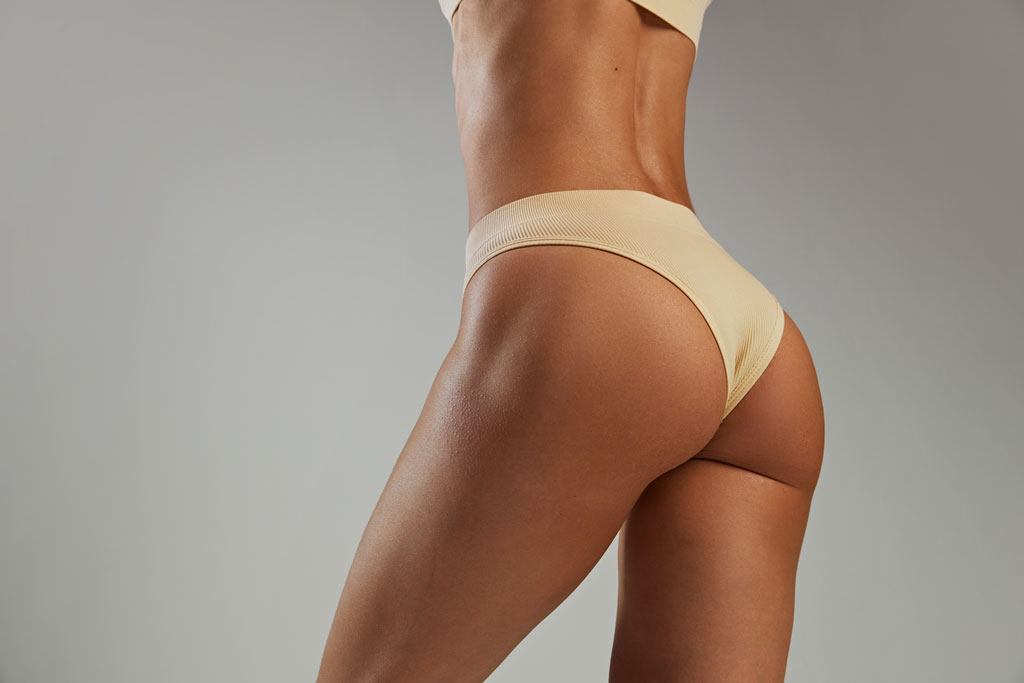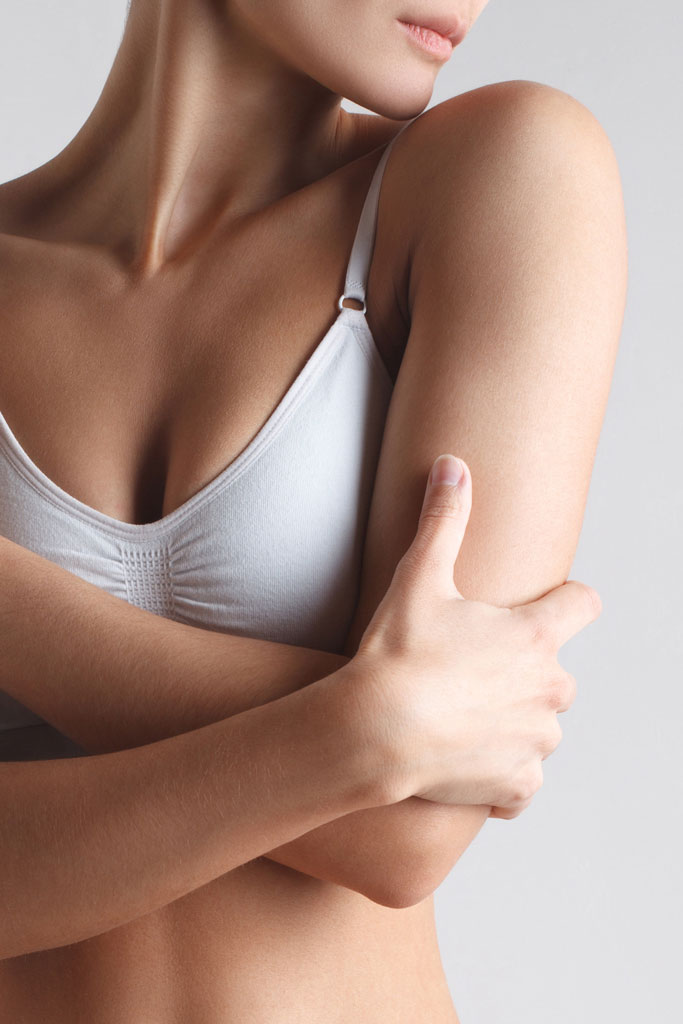
Liposuction for Lipoedema

































































What does the surgery involve?
Suction-assisted liposuction is performed under general anaesthetic (when you are full unconscious) as a day case or one night stay, dependent upon the quantity of fat removed. Rehabilitative liposuction involves the use of a cannula (a thin, hollow tube) to manually loosen and remove fat, creating a better shape within the body area being treated. The cannula is inserted through tiny incisions in the skin and suction is applied to remove fat from the body. It takes between 1 to 3 hours to perform the surgery, depending on the size of the treatment area. The 4mm incisions are closed with a small dissolvable stitch and covered by a waterproof dressing.
It is common to leak a significant amount of blood-stained fluid from the incisions over the first 24 hours. This is normal and nothing to worry about. To perform liposuction, I inject several litres of fluid with adrenaline and tranexamic acid to stop bleeding, as well as local anaesthetic into the areas for infiltration. Most of this is removed by the liposuction but there will be some excess fluid, which leaks out from the incisions. It can look like a lot of blood, but this is normal, and it is mainly fluid with a small amount of blood in it.
Liposuction for lipoedema is normally carried out under general anaesthetic (when you are full unconscious), but it is also possible to perform lower limb surgery with a spinal block (when you are awake, but the area is numb). I also use a long-acting local anaesthetic to ensure that pain is well-controlled after the surgery.
What are the risks and side effects of surgery?
Having surgery should be a very positive experience. Complications are infrequent and usually minor. However, no surgery is without risk, and it is important that you are aware of possible complications.
Scars
The scars are very small (less then 5mm) and they should be barely perceptible. However, some people heal with thickened scars, which makes them more noticeable.
Leakage of blood/fluid
It is common to leak a significant amount of blood-stained fluid from the incisions over the first 24 hours. This is normal and nothing to worry about. To perform liposuction, I inject several litres of fluid with adrenaline and tranexamic acid to stop bleeding, as well as local anaesthetic into the areas. Most of this is removed by the liposuction but there will be some excess fluid, which leaks out from the incisions. It can look like a lot of blood but in fact it is mainly fluid with a small amount of blood in it. This is normal.
Blood loss
Patients with lipoedema have leaky blood vessels, varicose veins and sometimes anaemia before surgery. They are more likely to bleed and bruise than a patient without lipoedema. There is a risk of needing a blood transfusion after surgery, although this is rare.
If your haemoglobin levels are normally low, then I recommend commencing iron tablets (330 mg of ferrous gluconate 3 times a day) for 4 weeks before and after surgery, to help build up and replenish iron stores.
Bruising and swelling
A degree of swelling and bruising is normal and can persist for 6 weeks to 6 months but will constantly improve. Bruising resolves in a matter of weeks.
Haematoma
This is clotted blood that collects in the limb. It is very uncommon as there is no open space to collect fluid/blood. However, if a haematoma does develop it tends to occur within 4 to 6 hours post-surgery. Should the haematoma be significant, it will have to be washed out in theatre and any bleeding vessel(s) identified and cauterised. This does not normally delay your recovery or change the cosmetic result.
Infection
The risk of infection is inherent with any surgical procedure, albeit very uncommon. You will be given a course of antibiotics to cover you during the healing process.
Numbness, reduced sensation or oversensitivity
A reduction in sensation near the scars occur in most patients and often recovers to some degree, although it may never completely recover.
Contour irregularities and loose skin
It is possible to have indentations and loose skin following this procedure. Skin will contract to some degree, but if you are left with significant laxity, you may require a thigh or arm lift.
Wound healing problems
Blisters or skin necrosis can occur following liposuction. This is rare and should settle with dressings. However, significant skin necrosis may need a small split skin graft.
Patients who are diabetic, take steroids or smoke are at a higher risk of wound healing problems.
Asymmetry
Each limb is slightly different and will continue to be so following surgery; limbs are never identical, and it is common for one to be larger than the other. However, if you have noticeable asymmetry before your surgery then this will be corrected as part of the surgery and will be discussed with you.
Altered sensation
Numbness, pins and needles or a burning sensation often occur as your nerves recover. These symptoms should resolve over a period of up to 6 months.
Further liposuction
This may be necessary to achieve the desired result. Only a certain amount of fat can be removed during one operation (maximum 7 litres of liposuction aspirate). The removal of more than this in one session can put you at risk of fluid shifts and blood loss. If you desire more liposuction then multiple procedures can be necessary.
DVT/PE
Following any surgical procedure it is possible to develop a blood clot in your legs, which could potentially break off and travel to your lungs. If the blood clot is large enough, it could prove fatal.
The overall risk for cosmetic surgery is less than 1%, but in order to reduce any risks of a DVT/PE, you will be provided with special stockings to wear in bed together with a blood thinning injection, if you are not mobile or have previously had a DVT or PE.
What is the estimated time for recovery, absence from work and return to usual activities?
When you return home, you should take it easy for the first week or so. Most people take about 2 weeks off from work.
The area where the fat is removed is normally tender and painful. Mobilising is encouraged the day after surgery. Noticeable swelling can be expected for up to 6 weeks but will gradually resolve. Wearing leg compression outdoors in a tropical climate will be challenging but is alleviated by time spent in an air-conditioned setting. You should be able to start driving after 2 weeks and return to the gym when you are comfortable.
You will need to continue wearing your compression garments until the swelling revolves (normally around 6 weeks).




